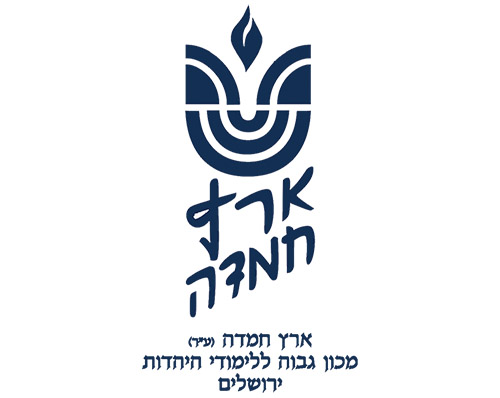
Question: What are the rules about correcting a baal korei?
Answer: The Tur (Orach Chayim 142) seems to present a polar machloket on the matter. The Rambam (Tefilla 12:6) rules that if one makes a mistake even on a single “dikduk” of a letter, we make him go back. Hamanhig (page 160) prefers not correcting to embarrassing the baal korei. This is based on the midrash (cited by Tosafot, Avoda Zara 22b) that even if one reads the name “Aharon” as “Haron,” it is acceptable. The Shulchan Aruch (Orach Chayim 142:1) paskens like the Rambam.
The Rama (ad loc., based on Terumat Hadeshen II:181) calls for corrections only when a mistake changes how the “matter” is understood. His contrasting cases are mistakes in ta’amei hamikra (trop) and nikud (vowels). The Mishna Berura (ad loc. 4) says that the real distinction is whether the meaning is changed, just that letters usually change the meaning (Aharon-Haron being an exception), and nikud/trop usually do not.
There may be indications that a mistake in a letter always warrants correction, whereas regarding nikud and te’amim changing meaning is the determinant (see Be’er Moshe I:4). After all, the Rambam (ibid.) mentions letters, and the Yerushalmi’s (Megillah 4:5) example of needing correction is between “im” and “v’im” (“vav” as a prefix is translated as “and” but, often, does not change the meaning at all (Shemot 21:9 is one of many cases). The Aruch Hashulchan (Orach Chayim 142:1) gives, as an example of changing words, “keves” and “kesev”—the same letters—inverted, both meaning “a sheep.” Perhaps, then, the Rama is only lenient by non-impactful mistakes not involving letters. In short, it is unclear how much of a machloket there is between Rambam/Shulchan Aruch and Terumat Hadeshen/Rama.
There is much complexity regarding being yotzei b’dieved with a mistake that changes the meaning. The Terumat Hadeshen thought it likely (not definite) that according to the Rambam, a mistake disqualifies the mitzvah, whereas Hamanhig says one is yotzei. Others (see Beit Yosef, Orach Chayim 142) reason that Hamanhig’s b’dieved acceptance—based on the Aharon-Haron precedent—applies when the meaning is unchanged (Shut Beit Yaakov 76 posits that Haron is a different name than Aharon).
There are different levels of l’chatchila and b’dieved (in order): 1. The baal korei should prepare for an exact reading (see Rama ibid.), 2. We correct right away, but not if the baal korei has “moved on,” 3. The aliyah has ended with its bracha (see Eshel Avraham (Butchach) 142:1). 4. The sefer Torah has been put away. There might be a difference between Shabbat—with its specific text quota (see Brachot 8a)—and weekday leining, if without the pasuk of the mistake, there are three pesukim in the aliyah and 10 pesukim overall (Bi’ur Halacha 142:1).
Now, we will over-generalize regarding guidance: A small percentage of trop mistakes change the meaning. The minhag is not to correct mistakes between letters with a dagesh and those without (even if we pronounce “vet” like “vav” and, in classic Ashkenazis, “tov” is pronounced like “tet,” and “sof” like “samech/sin”). The shva na/shva nach distinction rarely changes the meaning, all the more so where people unfortunately do not distinguish with regularity (see Mishna Berura 128:120). Putting stress on the wrong syllable does not usually change the meaning, but one needs to know dikduk well to know when it does. Trop—usually—does not change the meaning, but again, only an expert will have a good feel for when it does.
The above is less than the tip of the iceberg. Therefore, it is big bracha to have baalei kriah who make few mistakes. Because it is important to avoid both under-correcting and over-correcting, it is crucial to have “correctors” who are excellent in halacha and dikduk, and at appraising the baal korei’s sensitivity. (I also announce that my friend and colleague, Rabbi Menachem Jacobowitz, and I have embarked, b’ezrat Hashem, on writing a sefer that explores the halachot and dikduk behind these matters and provides recommendations for dozens of common mistakes per parsha.)
This column is written by Rabbi Daniel Mann on behalf of the Eretz Hemdah Institute in Jerusalem, which trains dayanim and has many projects on behalf of Klal Yisrael, including its Ask the Rabbi service in conjunction with the OU. Rabbi Mann is a Dayan at Eretz Hemdah, a senior member of the Ask the Rabbi project, and author of its Living the Halachic Process series. He is also a Ram at Yeshiva University’s Gruss Kollel in Israel.









